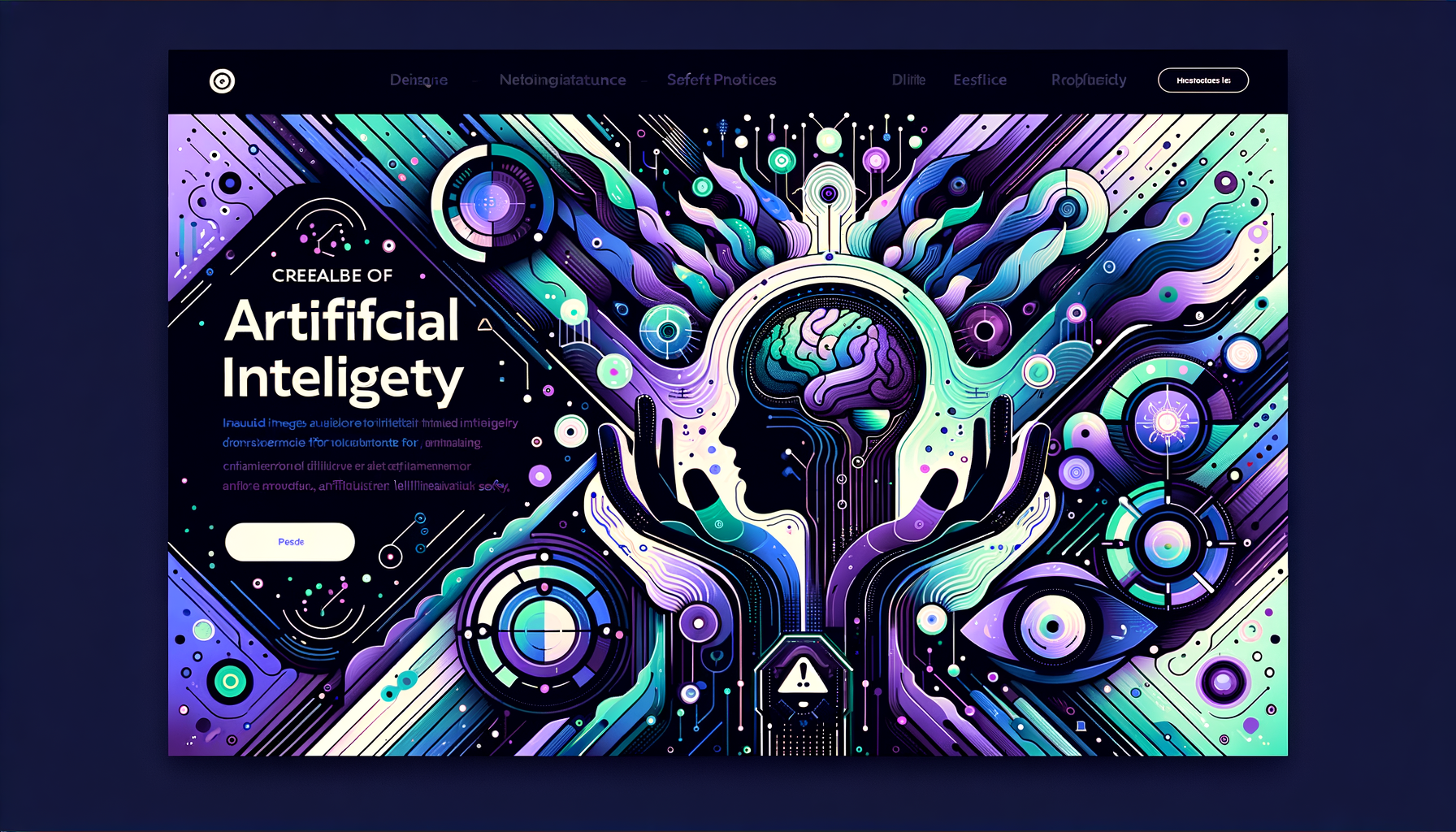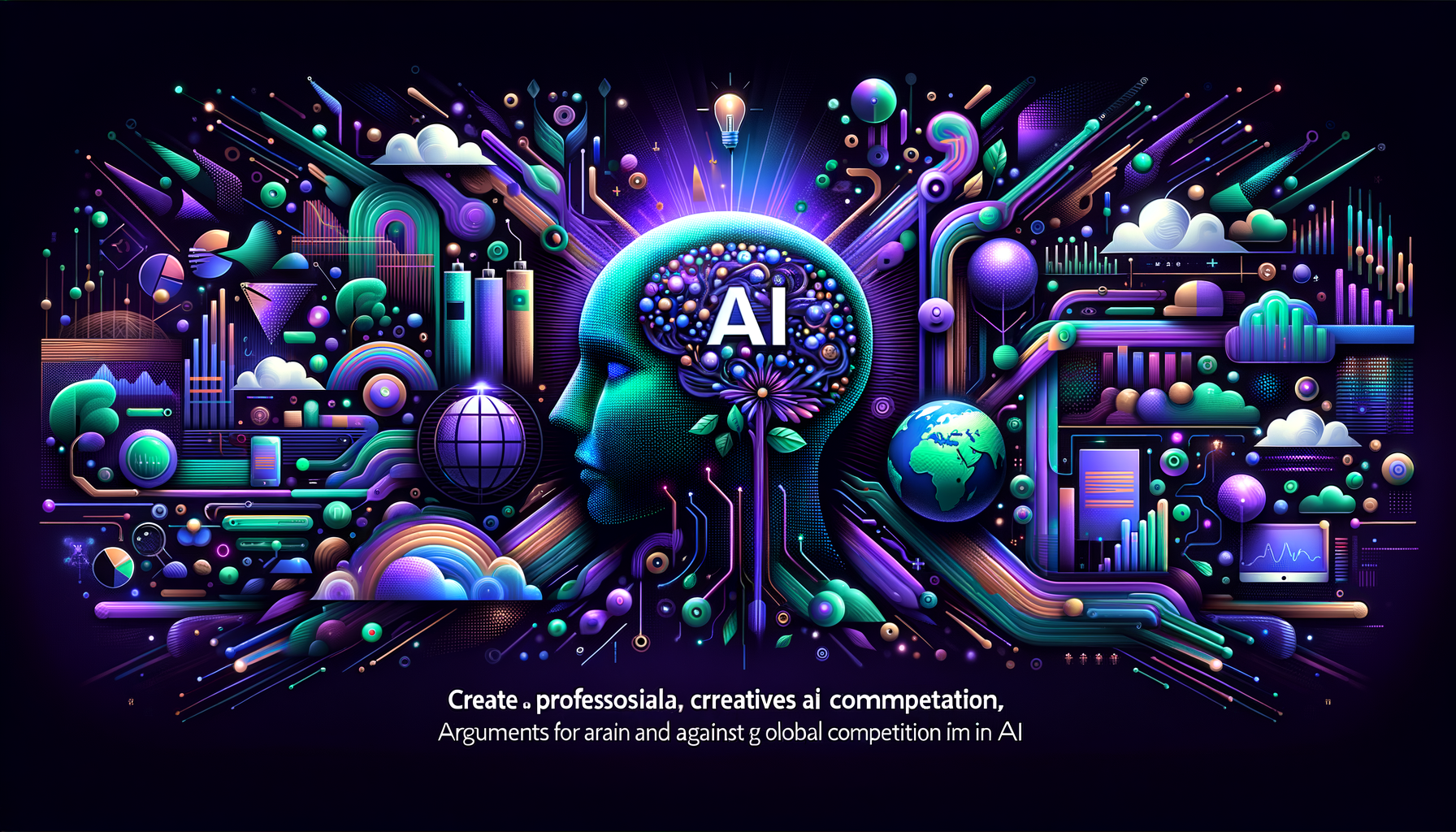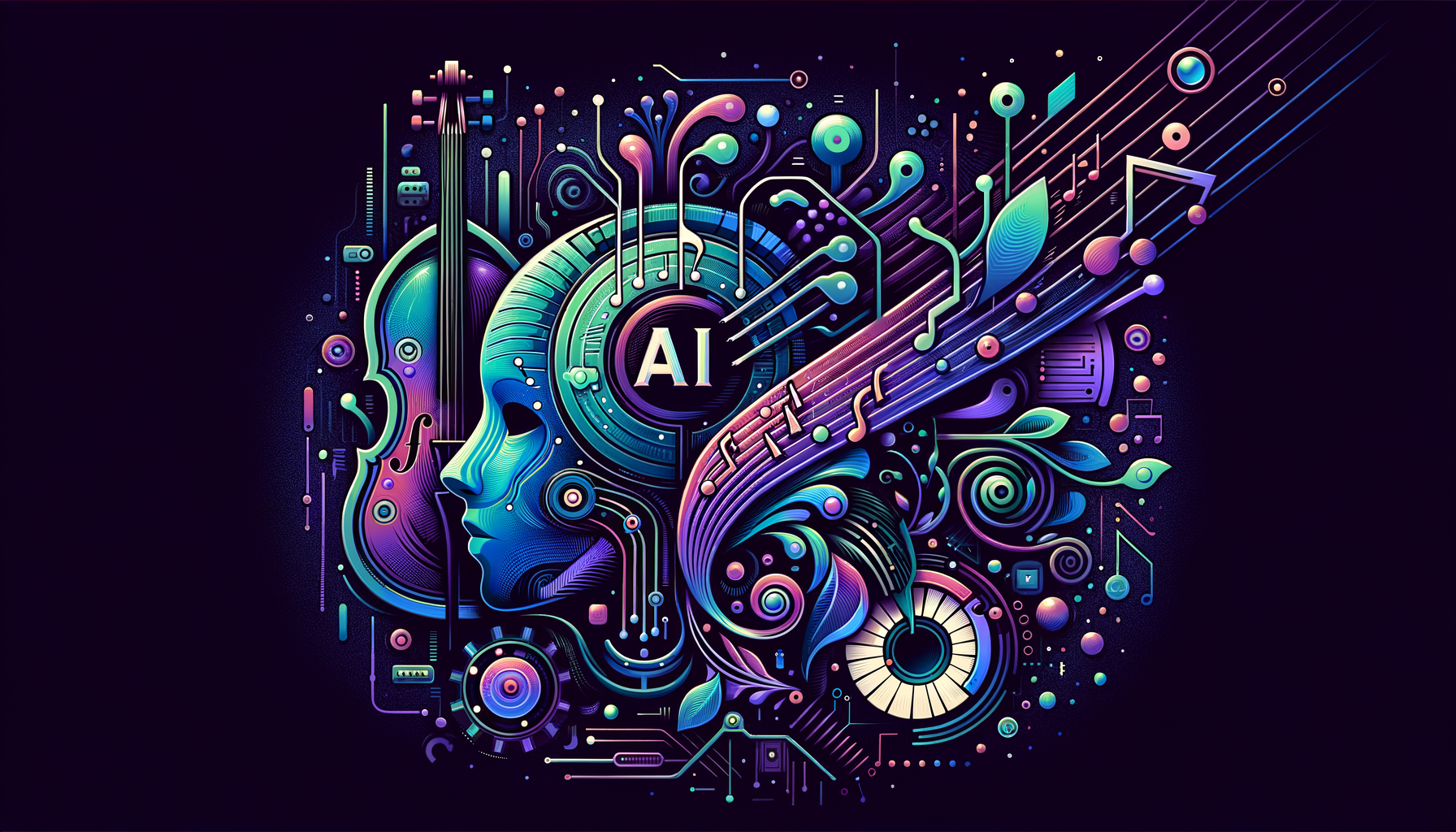Ensuring the Safety of Open-Source Large Language Models: A Comprehensive Analysis
The advent of large language models (LLMs) like GPT-3 and OpenAI’s DALL-E has revolutionized various industries, from customer service and content creation to software development and beyond. However, with this technological advancement comes significant risks and challenges, particularly in ensuring that these open-source tools are safe and ethical. The recent efforts by the Center for AI Safety to implement safeguards for open-source LLMs, as detailed in a Wired article, underscore the growing need for robust security measures in AI development. This comprehensive article explores the significance of these safeguards, contrasting the information with insights from multiple reliable sources, and delving into the details pertinent to our European market and beyond.
The Growing Importance of AI Safety
Artificial Intelligence (AI) has rapidly become a cornerstone of innovation. While its benefits are undeniable, the risks associated with unchecked AI deployment are equally significant. According to a report by the European Parliamentary Research Service, the potential misuse of AI could lead to privacy violations, job displacement, and even the propagation of bias and misinformation.
The Center for AI Safety is at the forefront of addressing these concerns. Their recent initiative focuses on implementing safety features in open-source large language models, aiming to prevent misuse and ensure ethical deployment. This move is particularly relevant for businesses and individuals in the European Union (EU), where regulations like the GDPR emphasize data protection and privacy.
Understanding Open-Source LLMs
Open-source LLMs are AI models whose source code is freely available for anyone to use, modify, and distribute. This openness fosters innovation but also comes with significant risks. For instance, unrestricted access to powerful AI models can lead to malicious use, such as generating deepfakes or automating cyber-attacks.
A study by the Center for Security and Emerging Technology highlights that open-source AI tools could be weaponized by malicious actors, emphasizing the need for proactive security measures. Thus, the initiative by the Center for AI Safety to introduce safeguards is a critical step towards mitigating these risks.
Key Safeguards Implemented
The Center for AI Safety has proposed several key safeguards to enhance the security of open-source LLMs. These include:
1. Access Controls
Implementing strict access controls to limit who can use and modify the AI models. This approach can help prevent misuse by ensuring that only trusted and verified individuals have access to sensitive AI technologies.
2. Monitoring and Auditing
Continuous monitoring and auditing of AI models can help detect and prevent malicious activities. This involves regular checks to ensure that the AI behaves as expected and does not deviate towards unethical or harmful actions.
3. Ethical Guidelines
Establishing clear ethical guidelines for the development and deployment of AI models is crucial. These guidelines can help developers understand the potential risks and encourage responsible usage of AI technologies.
These measures are designed to balance the benefits of open-source AI with the need for security and ethical use. For businesses in Europe, especially those dealing with sensitive data, these safeguards offer a framework for leveraging AI responsibly.
Contrasting Information with Multiple Sources
To provide a comprehensive understanding, it is essential to contrast the information from the Wired article with insights from other reliable sources. According to a report from the Stanford HAI, the responsible development and deployment of AI models are paramount to ensuring societal benefits while mitigating risks. Their recommendations align closely with the safeguards proposed by the Center for AI Safety, indicating a growing consensus in the AI community.
Furthermore, the European Commission’s AI Act, which aims to regulate AI to ensure safety and fundamental rights, complements these efforts. The AI Act categorizes AI applications based on their risk levels and outlines stringent requirements for high-risk AI systems. This regulatory backdrop underscores the importance of the safeguards being implemented and the relevance for businesses operating within the EU.
Real-World Examples and Case Studies
1. Healthcare
In healthcare, open-source LLMs have the potential to revolutionize diagnostics and treatment planning. However, ensuring data privacy and preventing misuse is critical. For example, an AI model that misinterprets medical data could lead to incorrect diagnoses. By implementing strict access controls and ethical guidelines, healthcare providers can harness the power of AI while ensuring patient safety.
2. Finance
The finance sector can benefit significantly from AI through applications like fraud detection and investment analysis. However, the misuse of AI models in this domain could have severe economic repercussions. Continuous monitoring and auditing can ensure that AI models behave ethically and perform their tasks accurately.
3. Education
AI-powered tools in education can personalize learning experiences and streamline administrative tasks. However, safeguarding student data and preventing bias in AI models are essential. Ethical guidelines and access controls can help educational institutions use AI responsibly.
At Hodeitek, we understand the importance of integrating AI safely and responsibly across various industries. Our services are tailored to help businesses leverage AI while adhering to the highest standards of security and ethics. Discover more about our services.
The Role of Businesses and Individuals
While institutions like the Center for AI Safety play a crucial role, businesses and individuals also have a responsibility to ensure AI safety. Here are some actionable steps:
- Stay Informed: Keeping abreast of the latest developments in AI safety is essential. Regularly reviewing updates from trusted sources can help businesses stay compliant and secure.
- Adopt Best Practices: Implementing best practices in AI development and deployment, such as robust access controls and regular audits, can mitigate risks.
- Engage with Experts: Collaborating with AI safety experts, like those at Hodeitek, can provide valuable insights and ensure the safe integration of AI technologies. Contact us for expert guidance on AI safety.
Statistics and Trends
Statistics highlight the growing relevance of AI safety. According to a survey by PwC, 85% of CEOs are concerned about AI risks, emphasizing the need for robust safeguards. Additionally, a report by McKinsey indicates that AI adoption has the potential to boost global GDP by 16% by 2030, but this depends on ensuring AI is developed and deployed responsibly.
Conclusion
The efforts by the Center for AI Safety to implement safeguards for open-source large language models are a critical step towards ensuring the safe and ethical use of AI. By understanding the risks, adopting best practices, and engaging with experts, businesses and individuals can harness the power of AI while mitigating potential threats.
At Hodeitek, we are committed to helping our clients navigate the complexities of AI integration. Our comprehensive services ensure that you can leverage AI technologies securely and ethically. Contact us today to learn more about how we can assist you in achieving your AI goals.
For more detailed guidance and information tailored to your specific needs, visit our services page.
Stay ahead in the AI revolution while prioritizing safety and ethics with Hodeitek. Let’s build a safer, more innovative future together.






